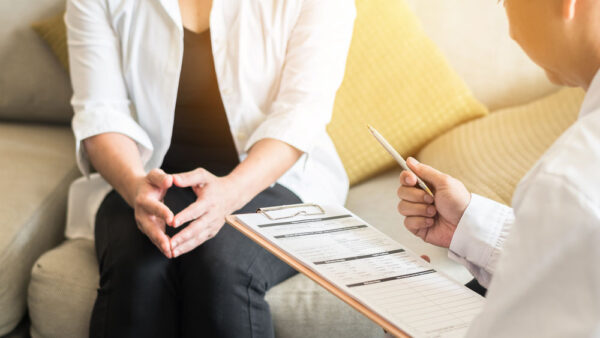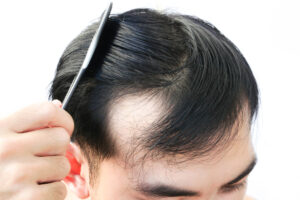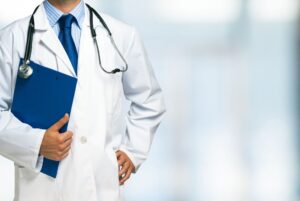What are Varicose Veins and The Best Ways to Treat Them

causes vaginal burning in women
It is quite uncommon for Australian adults to have noticeable protrusions on the back of their legs, especially around the calf area. These are actually veins that are visible under the skin’s surface, and they are known as varicose veins. Medically speaking, varicose veins are a type of medical condition that pertains to the veins becoming swollen and twisted due to various factors. Apparent in most adults, they may not only be seen on legs but other parts of the body as well. This condition can easily get rid of through varying levels of treatment, from lifestyle changes to medical procedures such as surgery with the help of a vein specialist.
Understanding Varicose Veins and Risk Factors
A person may develop varicose veins when he or she has damaged or weakened valves of the veins. Basically, the blood, after carrying oxygen-rich blood throughout the body’s tissues, goes through the veins in a one-way trip towards the heart. Inside the veins are valves that open to let blood in and then close to prevent backflow. Varicose veins happen if the valves inside become damaged due to the weakening of vein walls. The walls, known to be elastic at a certain rate, may be overstretched, causing them to expand. The vein valves’ flaps then becomes deformed, which then allows the blood that is supposed to go one way to flow back and pool.
The likelihood of having such a condition on the leg or any other part of the body greatly increases due to numerous risk factors. The most common is lack of movement, particularly prolonged sitting or standing. Being in that position for long hours may cause the veins on the legs to pump blood towards the heart, which could then heighten the risk of forming varicose veins. Also, health factors such as pregnancy and being obese can put one at risk of suffering this condition. Due to the growing fetus on the uterus for pregnant women and the extra body fat for obese individuals, their veins are subjected to extra pressure, which could later on lead to varicose veins.
According to studies, adult women are more likely to develop varicose veins than adult men. This is due to the changes in the female hormones in the various parts of their lives, from adolescence to the time they reached the menopausal stage. Old age is also a factor, wherein the veins’ walls are subjected to wear and tear as a result of aging. Even family history can also increase the likelihood of varicose veins.
Treatment for Varicose Veins
Typical complaints of those with varicose veins include having itchy legs, especially on the calf area and the ankle, as well as swelling and changes in the skin such as discoloration and/or scaling. When any or a combination of these symptoms occur, it is imperative for an individual with varicose veins to seek a doctor. That way, he or she may undergo test to help determine the type of treatment he or she may receive. Indeed, there are options forvaricose veins treatment available for a person with varicose veins.
If there are no underlying complications in connection with the medical condition, then he or she may be asked to undergo lifestyle changes. This is obviously the choice given for those whose work involves prolonged sitting or standing, as well as for those who are overweight or obese. Examples of lifestyle changes include long-term commitment to exercise in order to lose weight. Also, wearing clothes that are not too tight but not too loose and avoiding wearing high heels for long hours help improve blood circulation.
Medical procedures through a vein specialist may also be an option for a person with varicose veins. For the most part, performing surgery and other non-invasive procedures are done to either remove or close the damaged veins in an effort to improve the appearance of the affected area.






